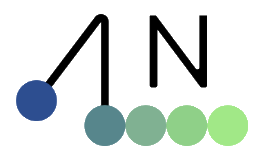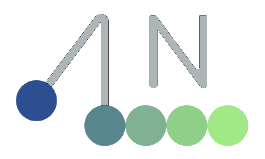newton.solvers.SolverImplicitMPM#
- class newton.solvers.SolverImplicitMPM(model, options)[source]#
Bases:
SolverBaseImplicit MPM solver.
This solver implements an implicit MPM algorithm for granular materials, roughly following [1] but with a GPU-friendly rheology solver.
This variant of MPM is mostly interesting for very stiff materials, especially in the fully inelastic limit, but is not as versatile as more traditional explicit approaches.
[1] https://doi.org/10.1145/2897824.2925877
- Parameters:
model (Model | ImplicitMPMModel) – The model to solve.
options (ImplicitMPMOptions) – The solver options.
- Returns:
The solver.
- Model#
alias of
ImplicitMPMModel
- Options#
alias of
ImplicitMPMOptions
- __init__(model, options)#
- collect_collider_impulses(state)#
Collect current collider impulses and their application positions.
- Returns a tuple of 3 arrays:
Impulse values in world units.
Collider positions in world units.
Collider ids.
- enrich_state(state)#
Allocate additional per-particle and per-step fields used by the solver.
Adds velocity gradient, elastic and plastic deformation storage, and per-particle rendering transforms. Initializes grid-attached fields to None so they can be created on demand during stepping.
- notify_model_changed(flags)#
- project_outside(state_in, state_out, dt, max_dist=None)#
Project particles outside of colliders, and adjust their velocity and velocity gradients
- Parameters:
state_in (State) – The input state.
state_out (State) – The output state. Only particle_q, particle_qd, and particle_qd_grad are written.
dt (float) – The time step, for extrapolating the collider end-of-step positions from its current position and velocity.
max_dist (float | None) – Maximum distance for closest-point queries. If None, the default is the voxel size times sqrt(3).
- sample_render_grains(state, grains_per_particle)#
Generate per-particle point samples used for high-resolution rendering.
- step(state_in, state_out, control, contacts, dt)#
- update_particle_frames(state_prev, state, dt, min_stretch=0.25, max_stretch=2.0)#
Update per-particle deformation frames for rendering and projection.
Integrates the particle deformation gradient using the velocity gradient and clamps its principal stretches to the provided bounds for robustness.
- update_render_grains(state_prev, state, grains, dt)#
Advect grain samples with the grid velocity and keep them inside the deformed particle.

